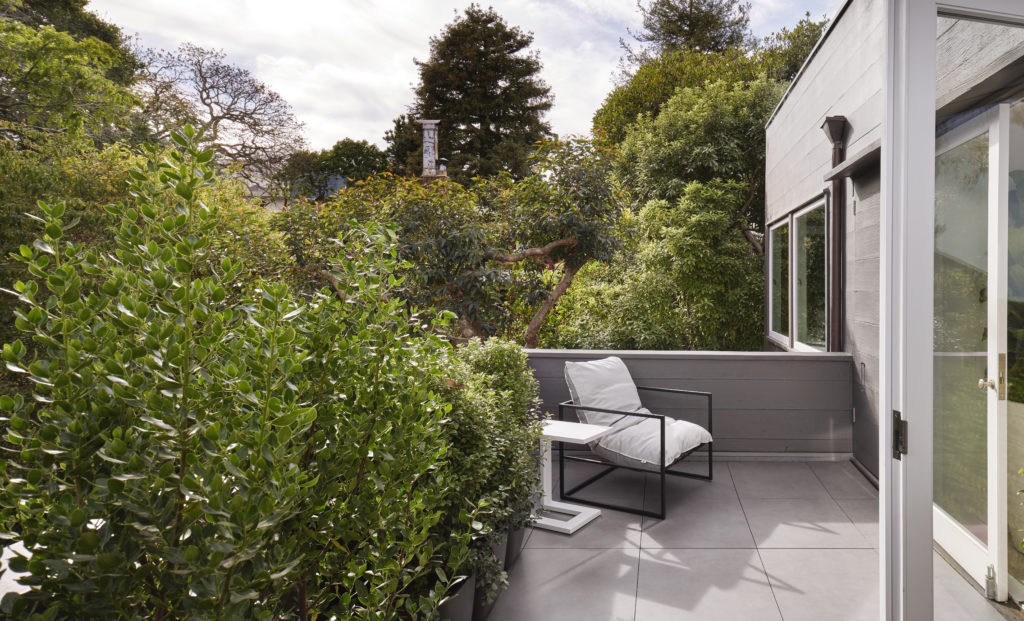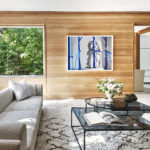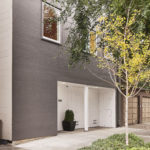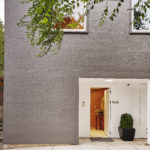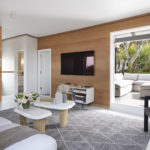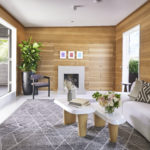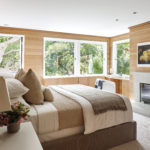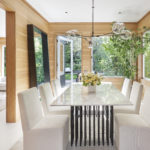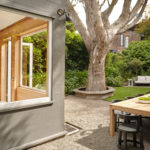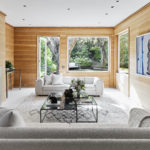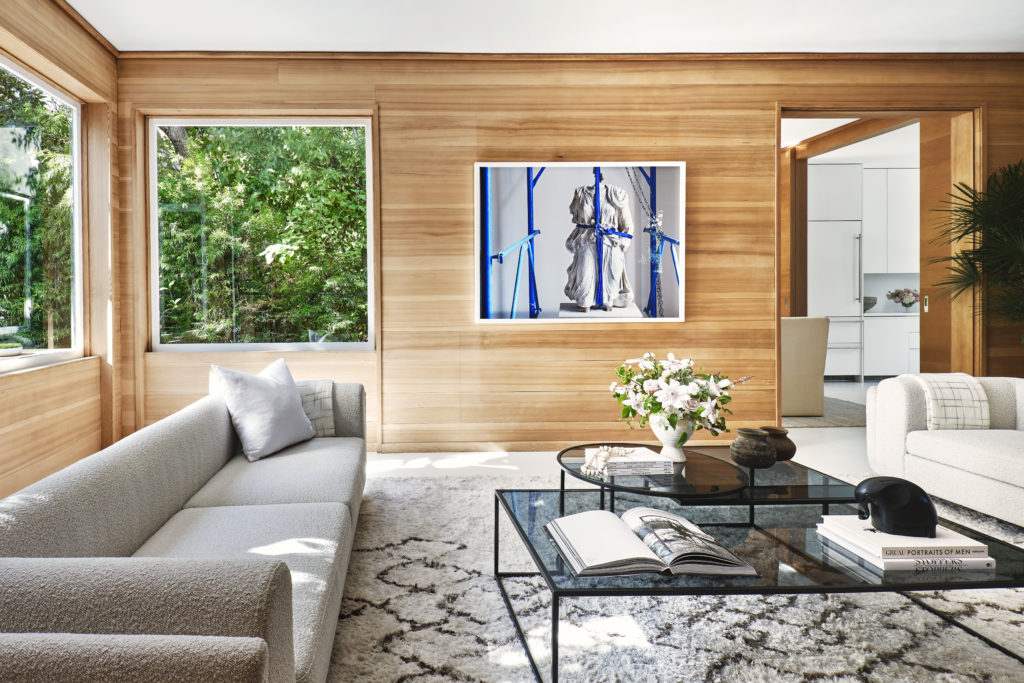A Sublime Wurster In Pacific Heights, $6.925M
Author:Philip Ferrato
It’s hard to underestimate the influence of architect William Wurster [1895-1973] on San Francisco and the Bay Area. Much of his work we now take for granted, whether it’s the 1960s Ghirardelli Square (one of this country’s first adaptive reuse projects, and a collaboration with landscape architect Lawrence Halprin) or the sweeping trademark parabolas of the Safeway chain of supermarkets. Perhaps most importantly, after WWII Wurster nurtured the careers of many dozens of architects, both through his firm Wurster, Bernardi and Emmons, his teaching at MIT, and as dean of the UC Berkeley School of Architecture, which under his guidance became what is now the College of Environmental Design at UC Berkeley bringing architecture, landscape architecture and urban planning under one roof.
Before his firm’s renowned post-WWII urban projects, Wurster was best known for a certain style of low-key residential Modernism, crafted with locally available materials like Douglas fir and redwood. Considered something of a grandee himself, Wurster had an enviable clientele for a Modernist, people with both sophistication and the willingness to pay for for his signature, deftly-wrought simplicity, in projects that ranged from very grand to the deceptively modest. A stickler for quiet detail, Wurster didn’t merely specify lumber, it was milled specifically for his projects, best seen here in the horizontal Douglas fir strips throughout 1641 Green Street, now an immaculately restored and renovated 4-story, 3-bed, 3.5-bath house built in 1940.
At street level, Wurster adroitly incorporated the front and garage doors within a simple rectangular niche.
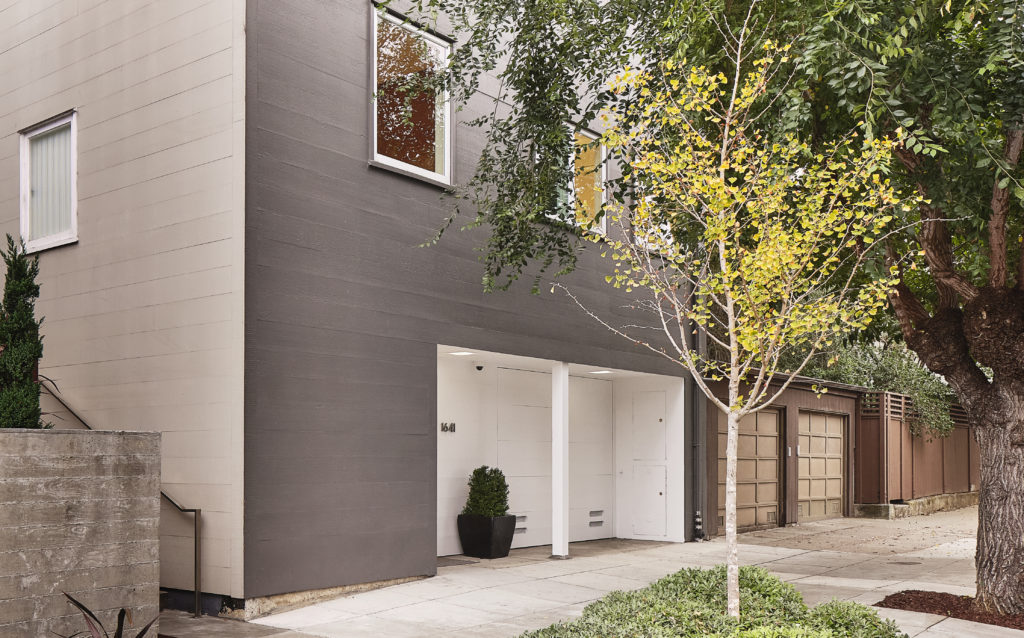
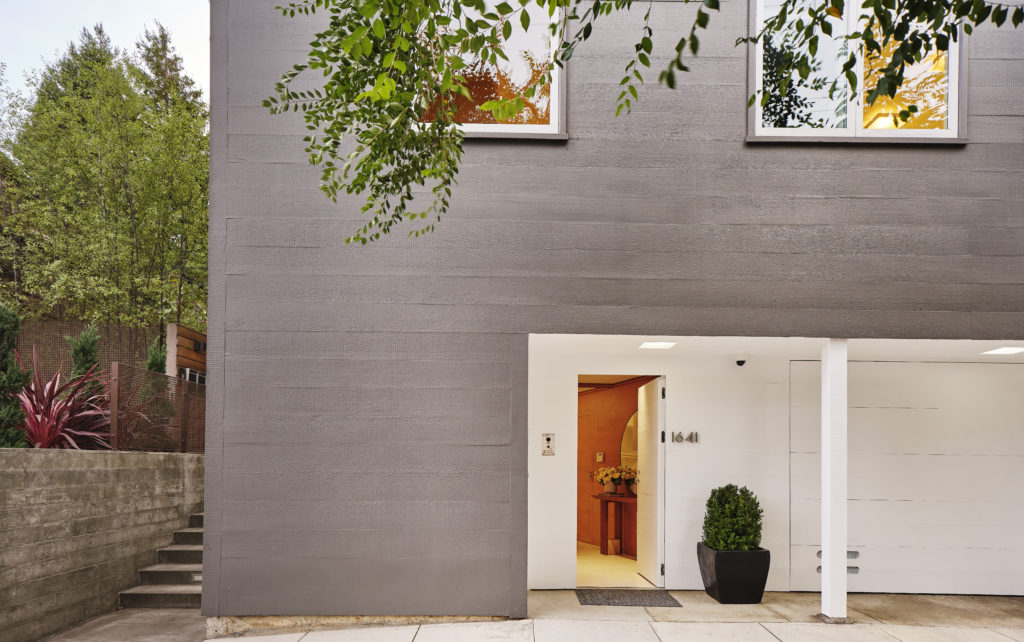
The living and dining rooms and kitchen are one flight up and open to the deep. mature garden (an elevator serves all four levels) most likely the work of landscape architect Thomas Church, a frequent Wurster collaborator, and centered around an ancient eucalyptus.
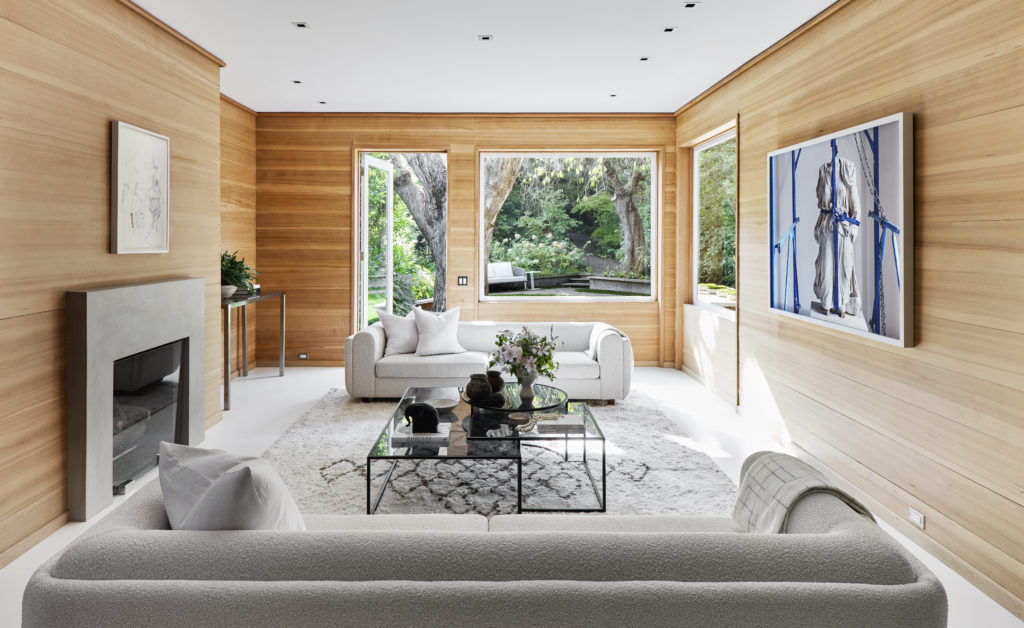
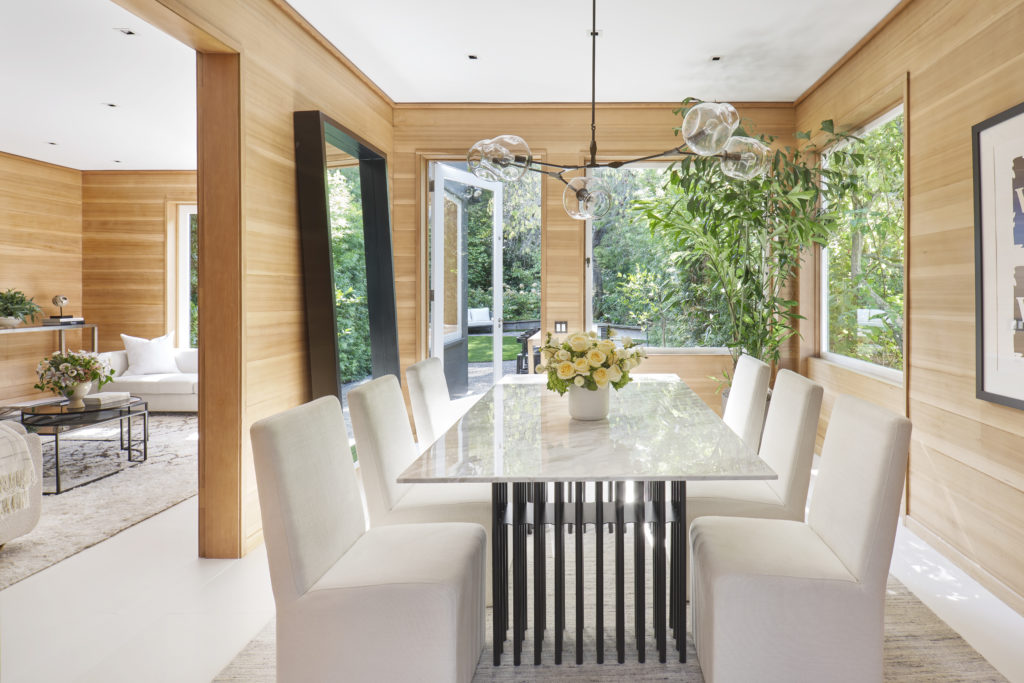
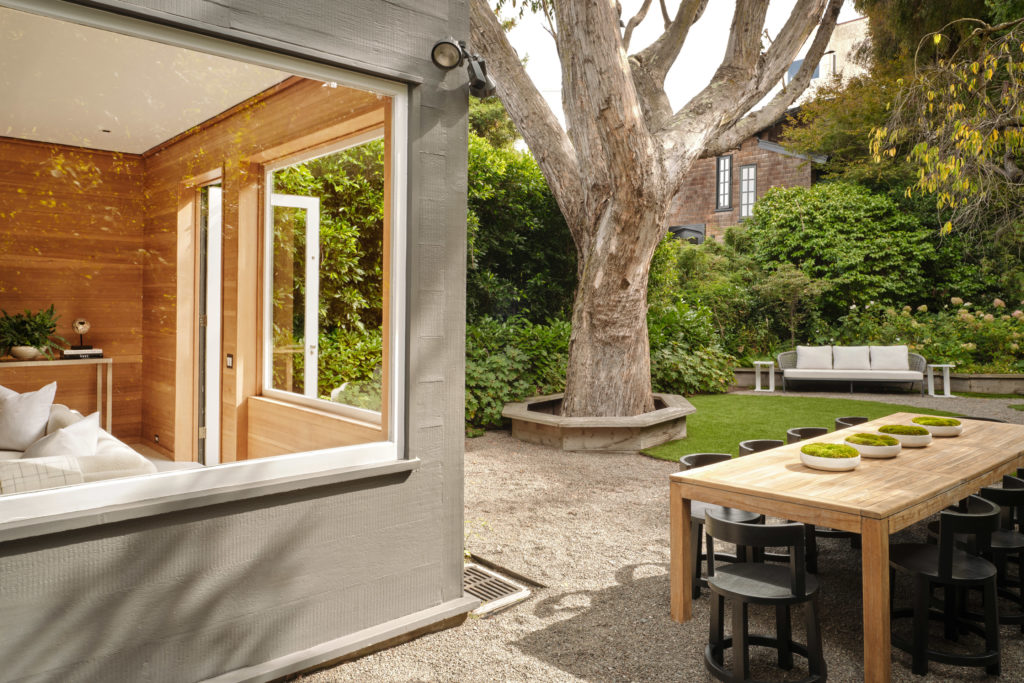
Now open to the dining room, the kitchen is entirely reinvented, and was probably once two small rooms– Wurster’s kitchen were notoriously pokey and designed for servants.
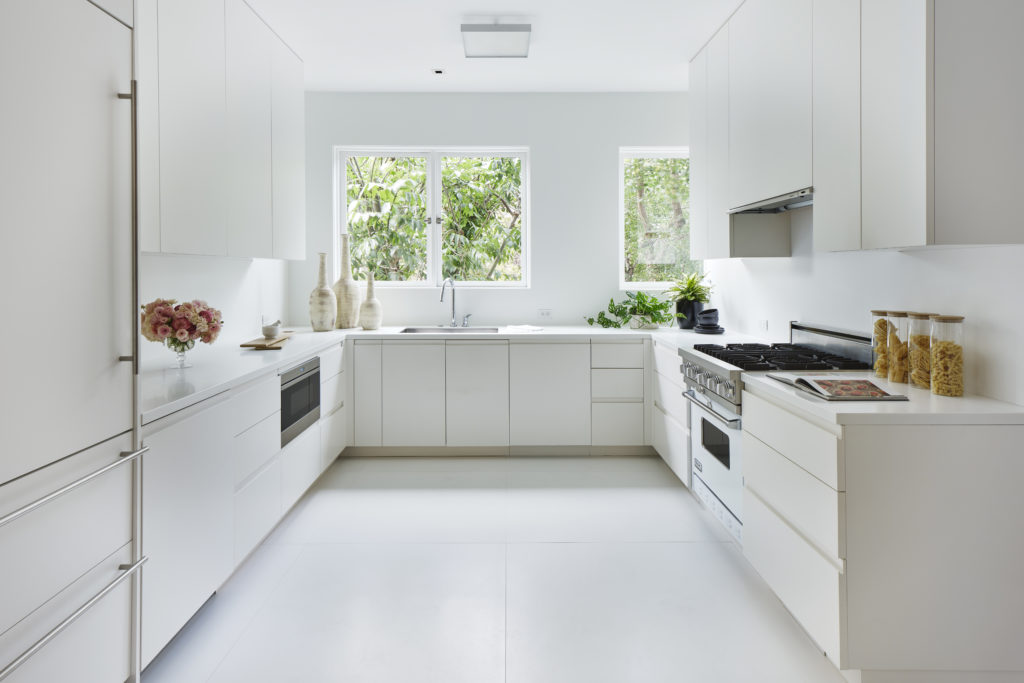
The primary bedroom suite also opens to a deck, as does a smaller bedroom.
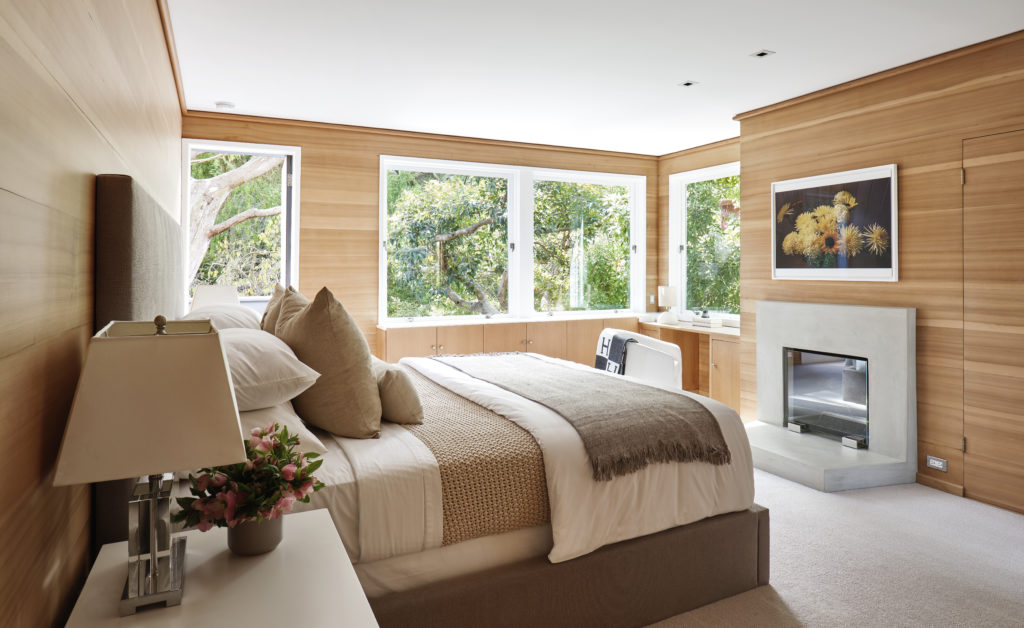
The top floor is a family room with a street-front balcony on one side and a deep, sheltered deck overlooking the lush garden. There’s another bedroom and bath on this level.
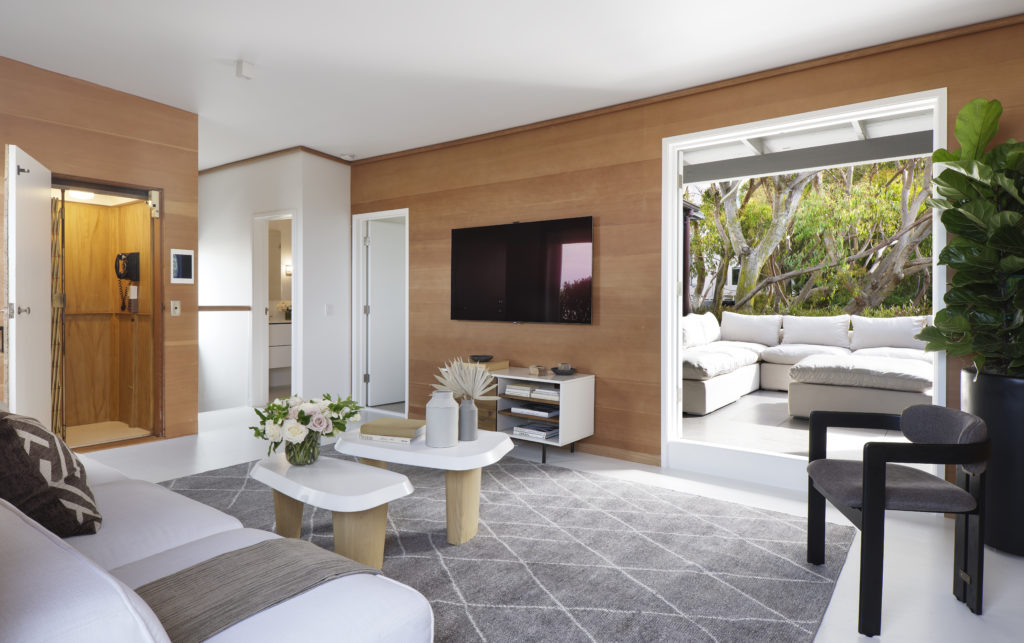
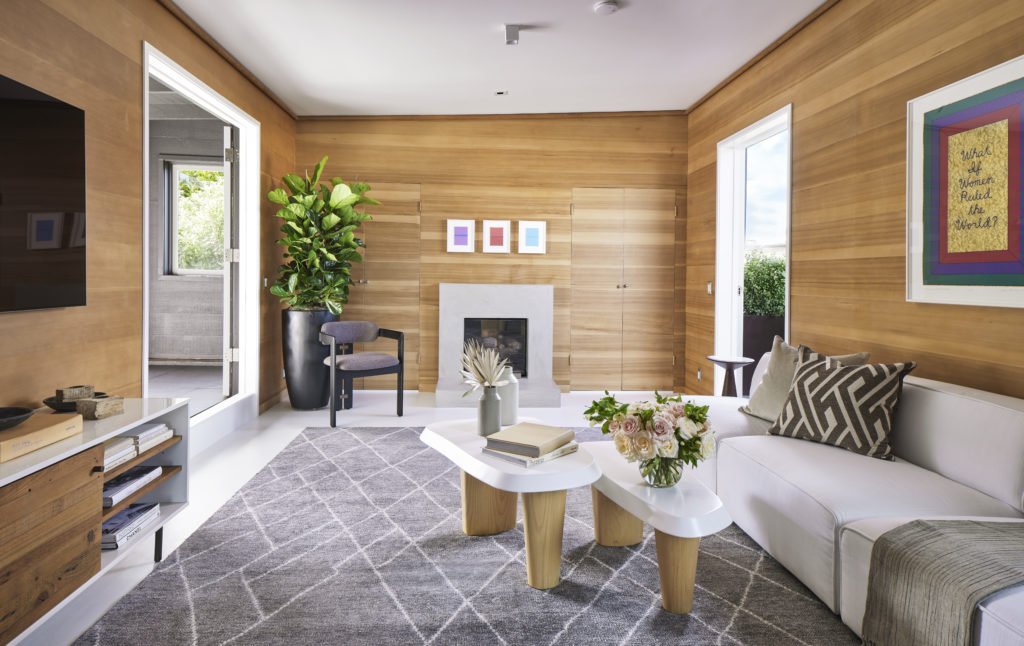
More: Go to the listing for additional images, a video, and floor plans. A once-in-a-lifetime opportunity to acquire a work of architecture by a master, represented by Neill Bassi of Sotheby’s International Realty.
